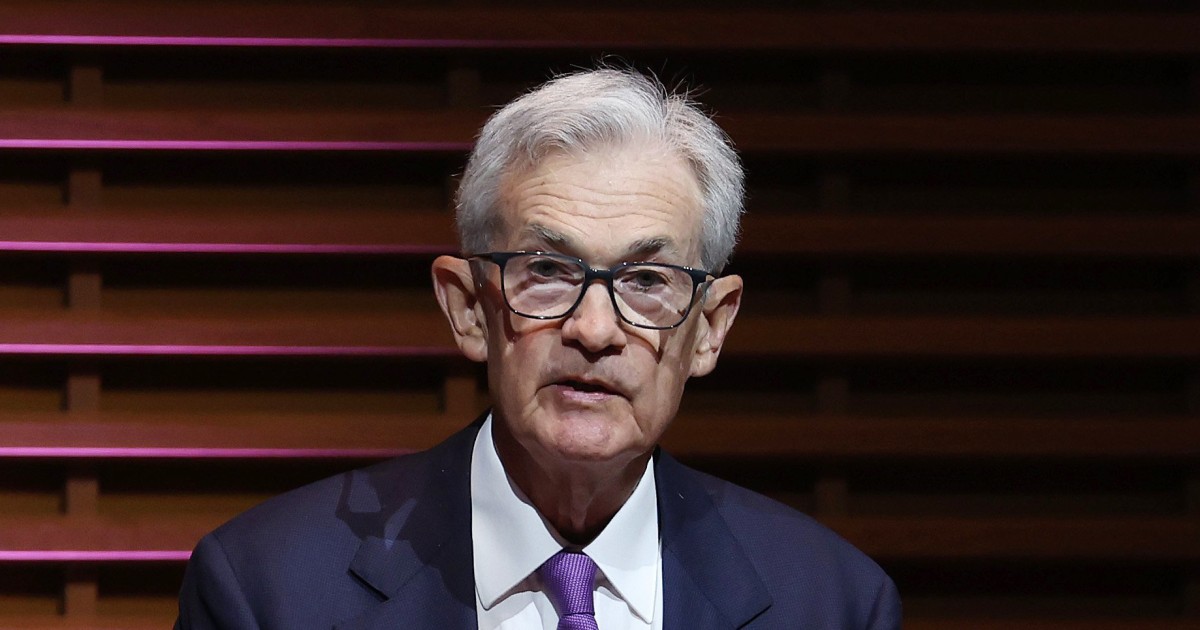
Federal Reserve Chair Jerome Powell said Tuesday that the U.S. economy, while otherwise strong, has not seen inflation come back to the central bank’s goal, pointing to the further unlikelihood that interest rate cuts are in the offing anytime soon.
Speaking to a policy forum focused on U.S.-Canada economic relations, Powell said that while inflation continues to make its way lower, it hasn’t moved quickly enough, and the current state of policy should remain intact.
“More recent data shows solid growth and continued strength in the labor market, but also a lack of further progress so far this year on returning to our 2% inflation goal,” the Fed chief said during a panel talk.
Echoing recent statements by central bank officials, Powell indicated the current level of policy likely will stay in place until inflation gets closer to target.
Since July 2023, the Fed has kept its benchmark interest rate in a target range between 5.25%-5.5%, the highest in 23 years. That was the result of 11 consecutive rate hikes that began in March 2022.
“The recent data have clearly not given us greater confidence, and instead indicate that it’s likely to take longer than expected to achieve that confidence,” he said. “That said, we think policy is well positioned to handle the risks that we face.”
Powell added that until inflation shows more progress, “We can maintain the current level of restriction for as long as needed.”
The comments follow inflation data through the first three months of 2024 that has been higher than expected. A consumer price index reading for March, released last week, showed inflation running at a 3.5% annual rate — well off the peak around 9% in mid-2022 but drifting higher since October 2023.
Treasury yields rose as Powell spoke. The benchmark 2-year note, which is especially sensitive to Fed rate moves, briefly topped 5%, while the benchmark 10-year yield rose 3 basis points. The S&P 500 wavered after Powell’s remarks, briefly turning negative on the day before recovering.
Powell noted the Fed’s preferred inflation gauge, the personal consumption expenditures price index, showed core inflation at 2.8% in February and has been little changed over the past few months.
“We’ve said at the [Federal Open Market Committee] that we’ll need greater confidence that inflation is moving sustainably towards 2% before [it will be] appropriate to ease policy,” he said. “The recent data have clearly not given us greater confidence and instead indicate that it’s likely to take longer than expected to achieve that confidence.”
Financial markets have had to reset their expectations for rate cuts this year. At the start of 2024, traders in the fed funds futures market were pricing in six or seven cuts this year, starting in March. As the data has progressed, the expectations have shifted to one or two reductions, assuming quarter percentage point moves, and not starting until September.
In their most recent update, FOMC officials in March indicated they see three cuts this year. However, several policymakers in recent days have stressed the data-dependent nature of policy and have not committed to set level of reductions.
More from CNBC:
Source: | This article originally belongs to Nbcnews.com








